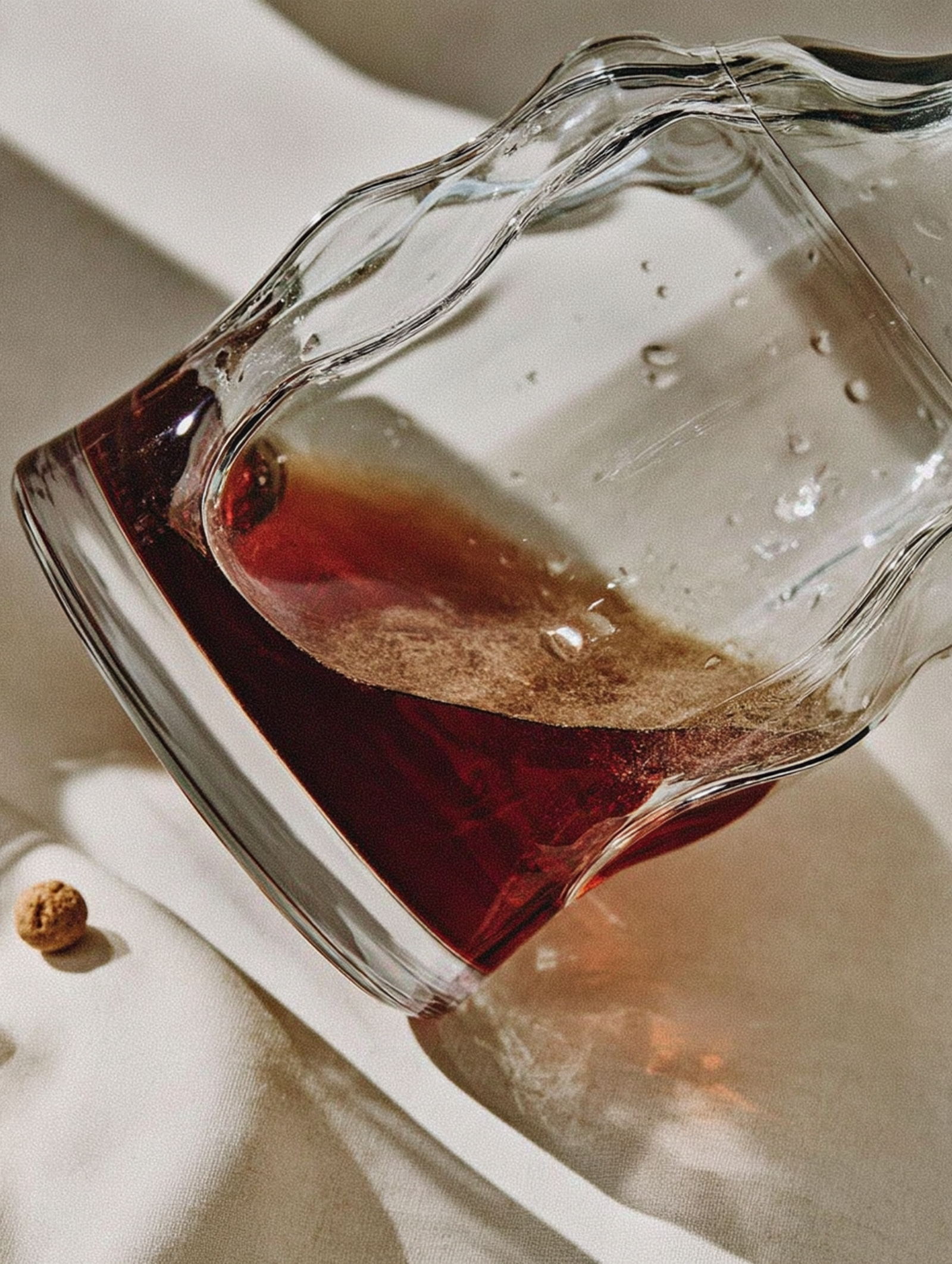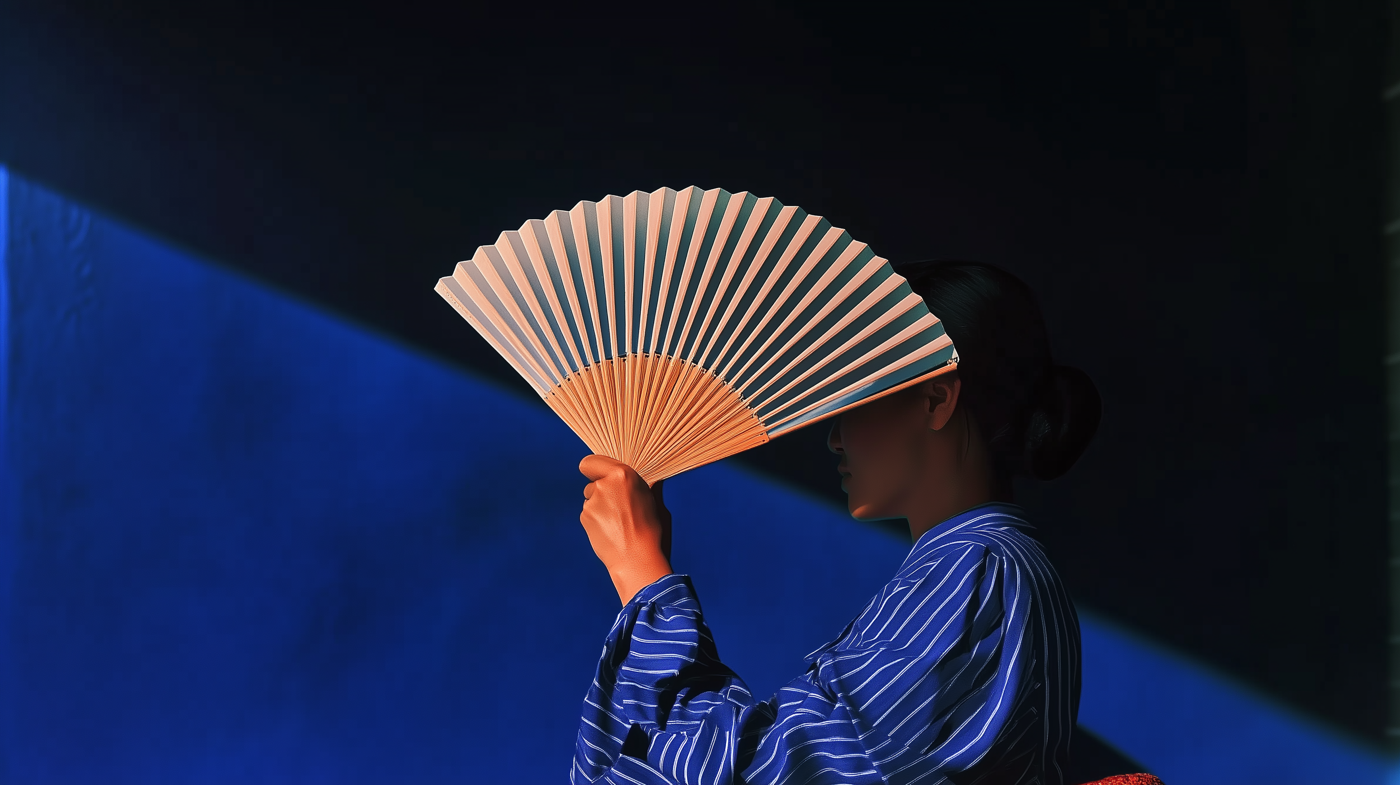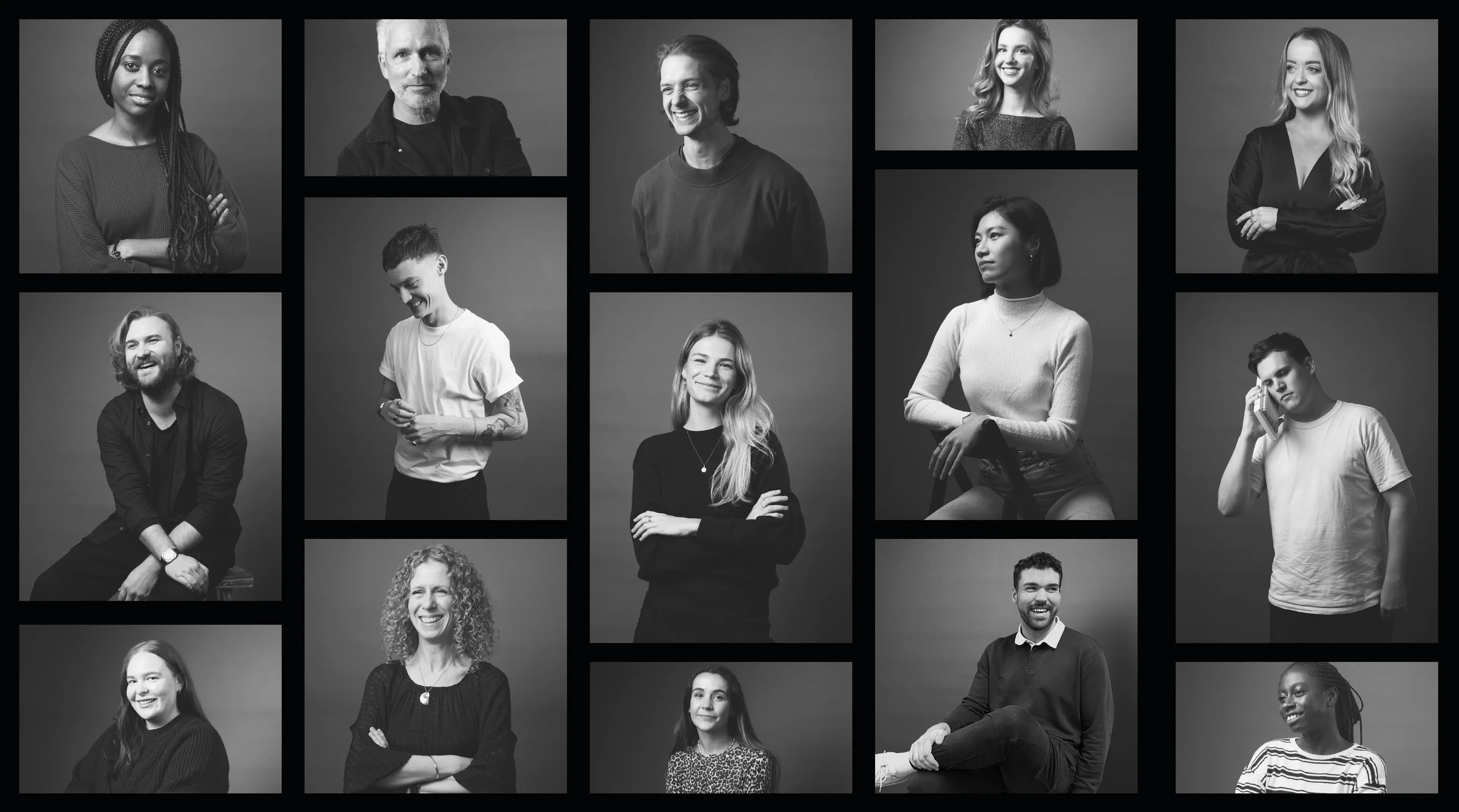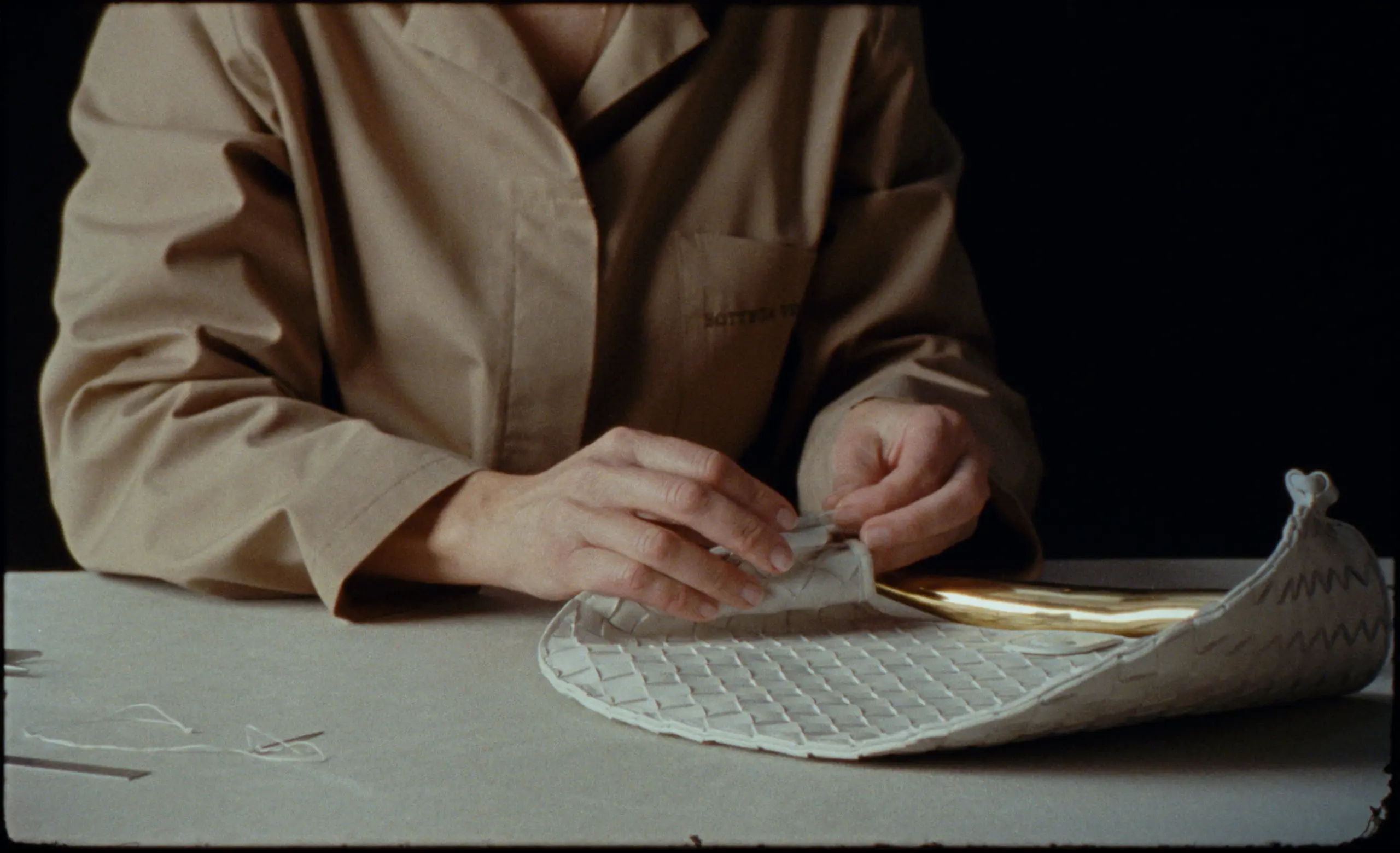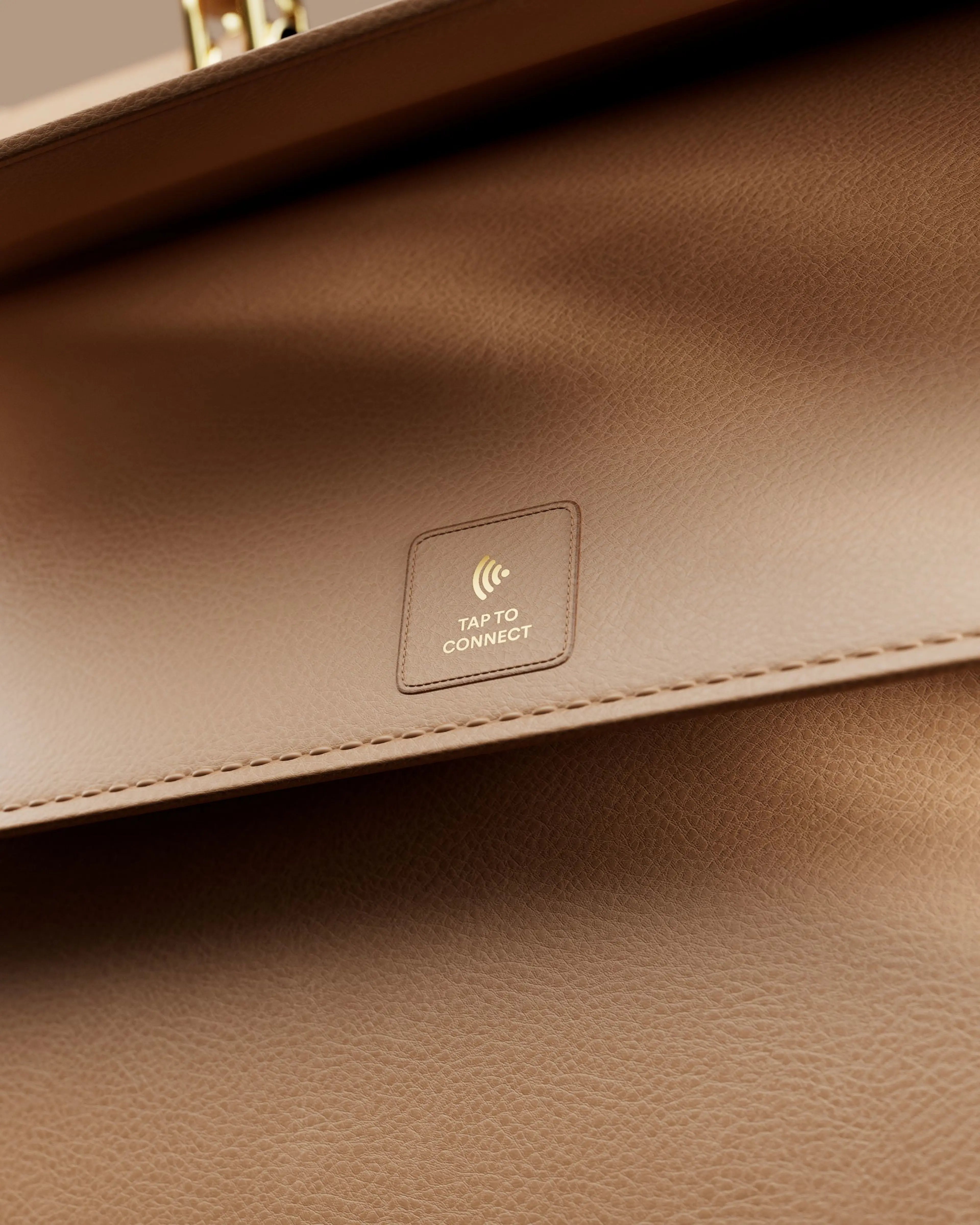
Trends & Insights
1 Jan 2024
8 Min Read
The Future of The Jewellery Industry: 2024 Trends & Trajectories
A study of the shifts forging the future of the fine jewellery industry, in both the short and long term, from modern heirlooms and sustainable material innovations to the undeniable impact of artificial intelligence.
“‘If Gen Z sales don’t hit 10-15%, the company will be obsolete by the end of the decade.’”


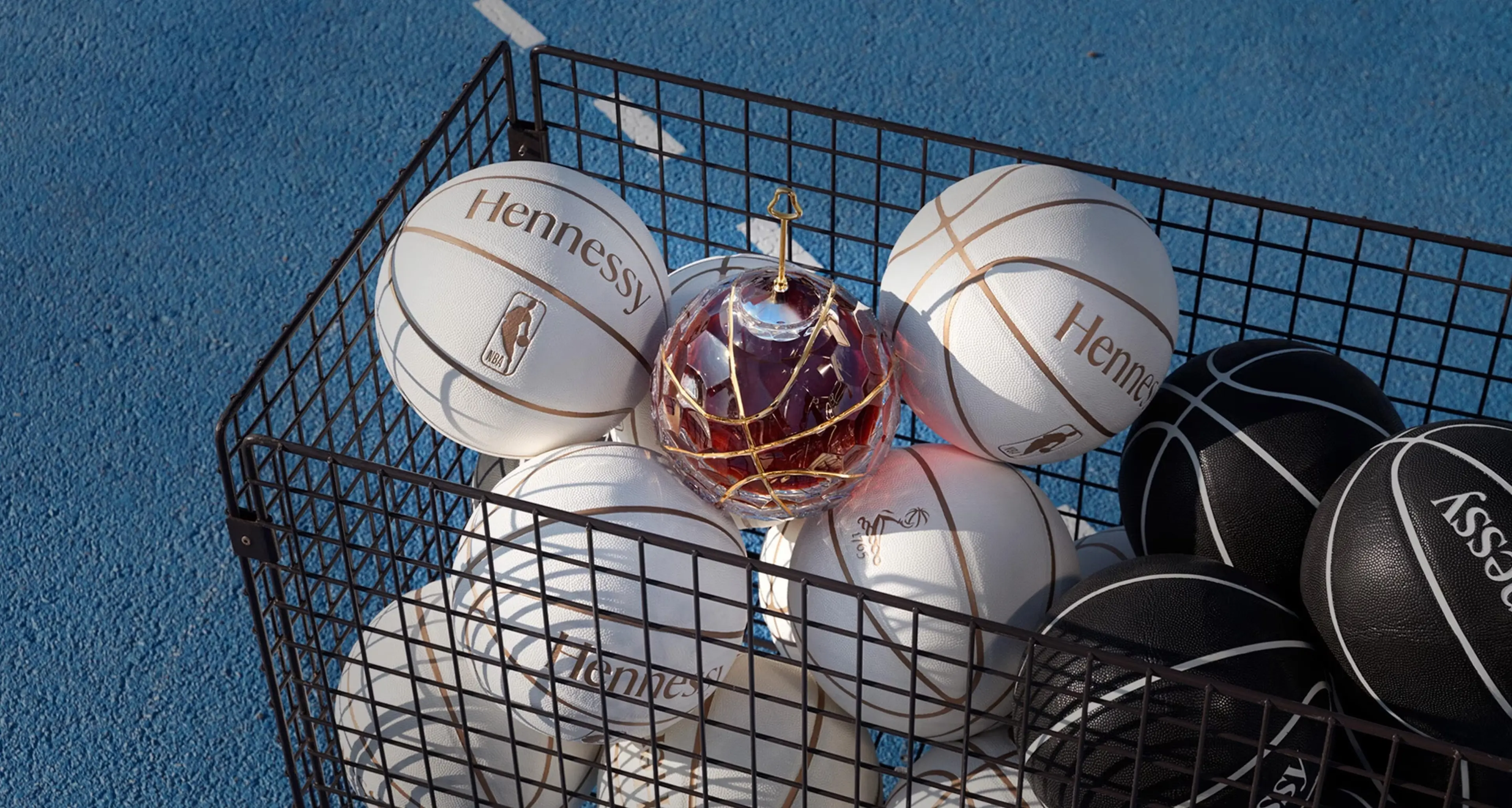

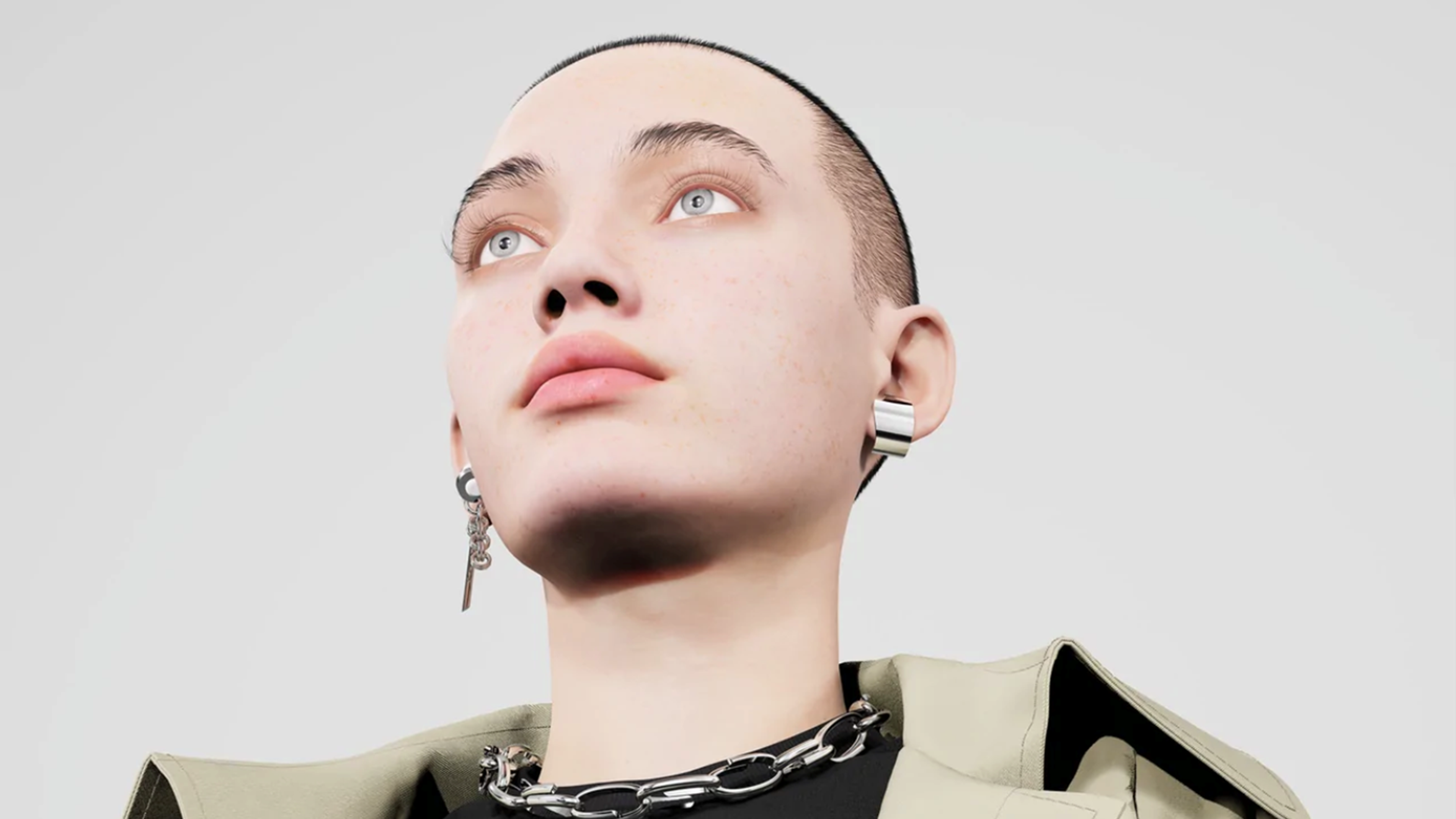

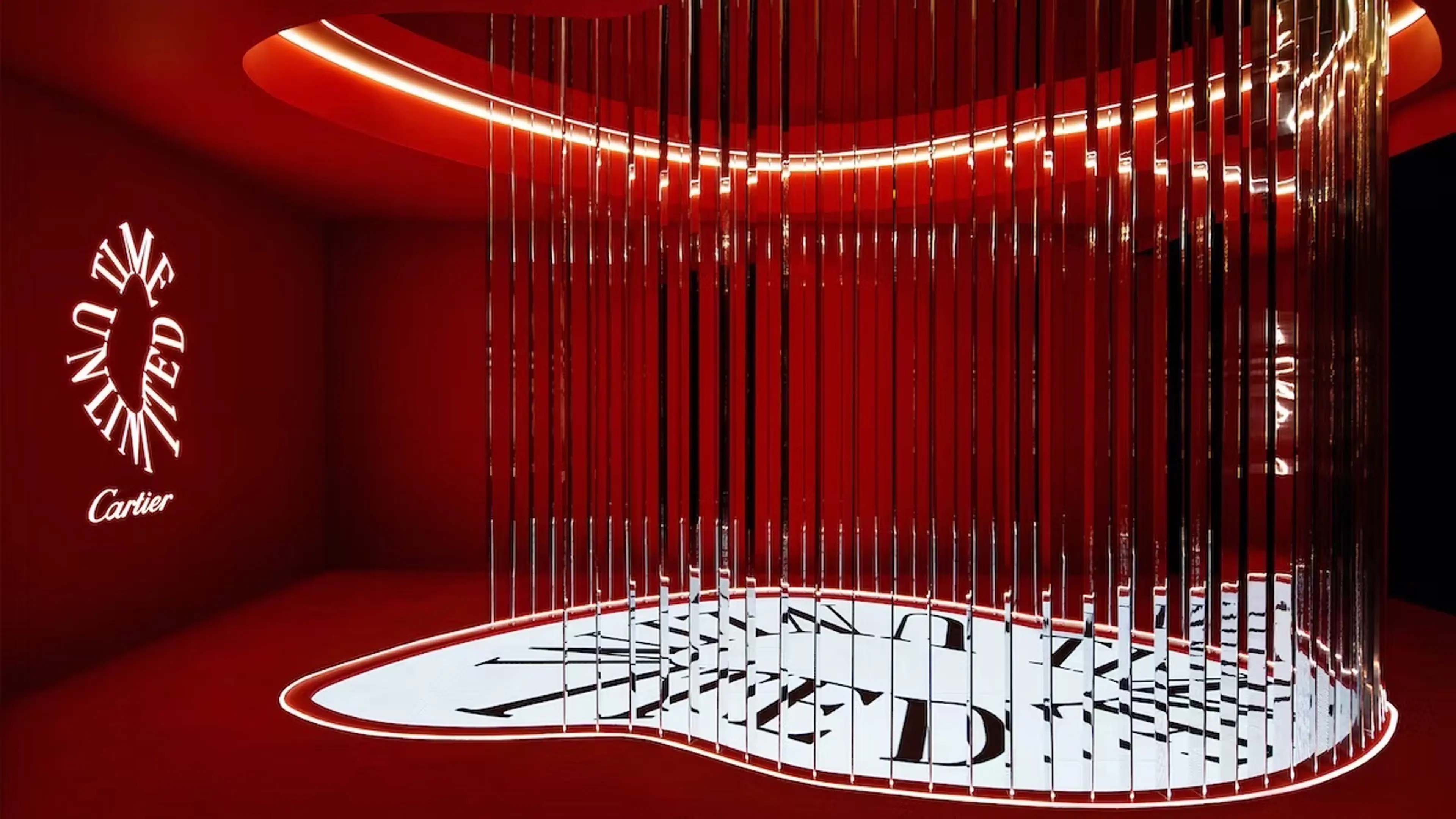
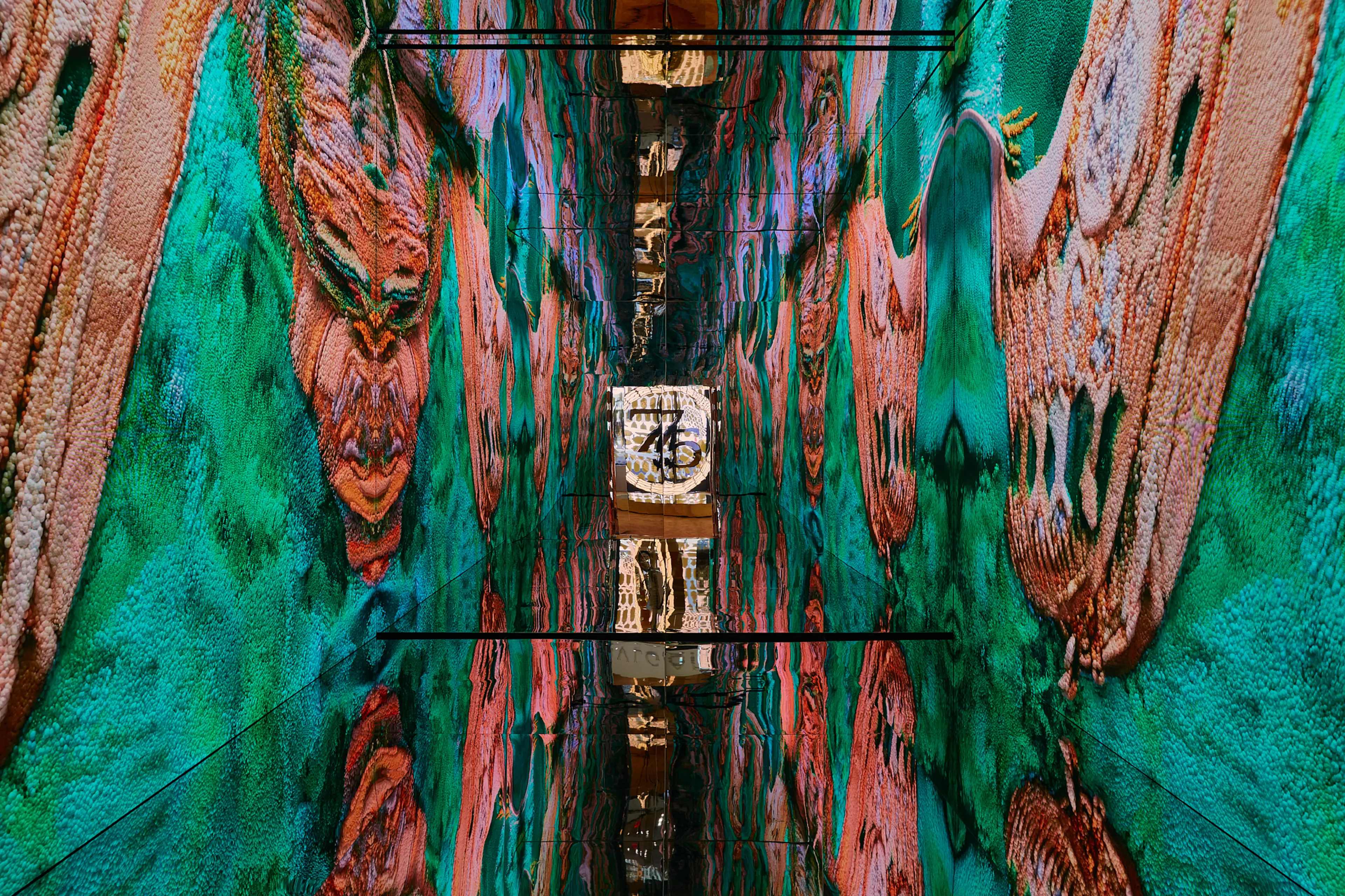
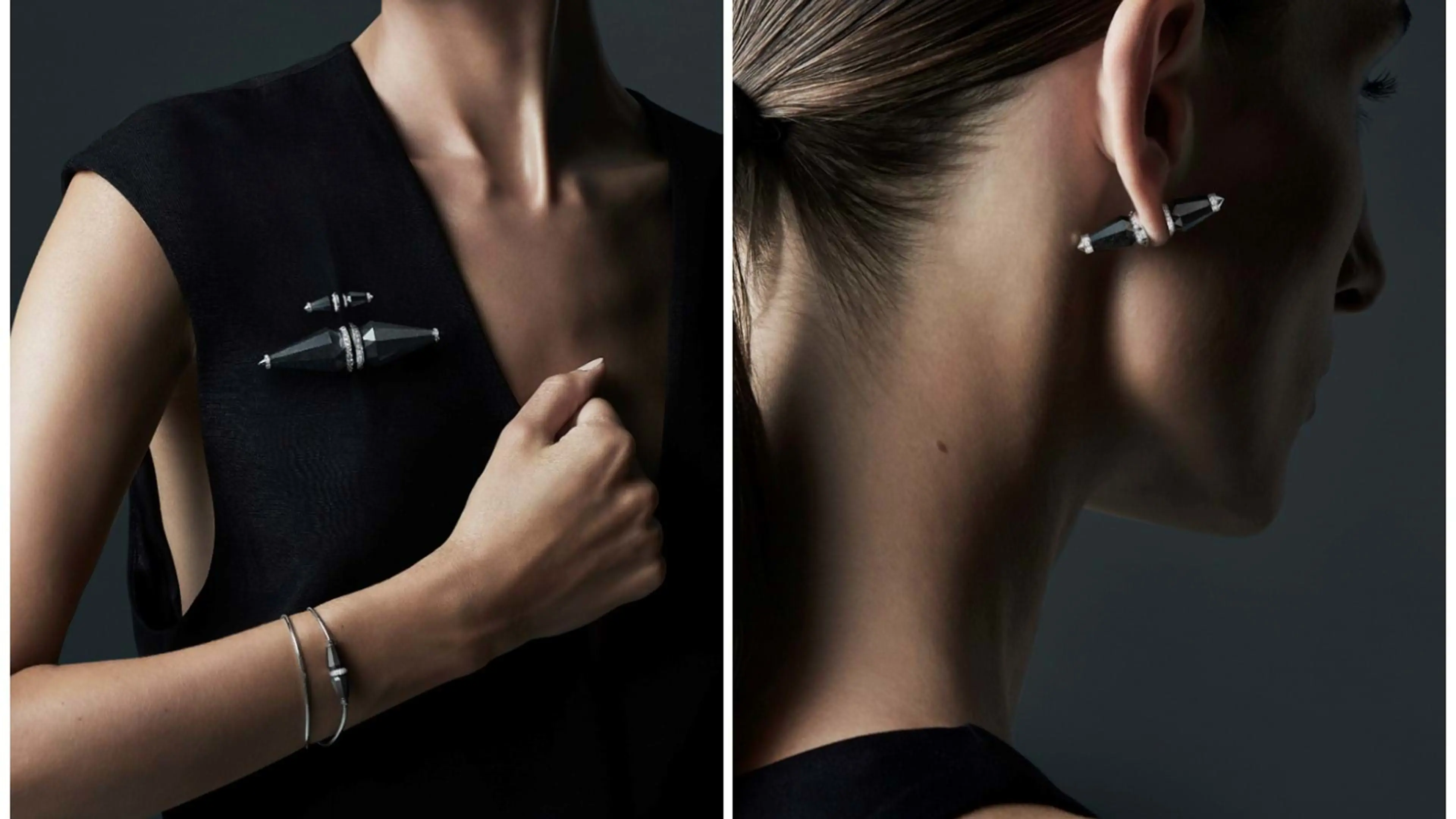


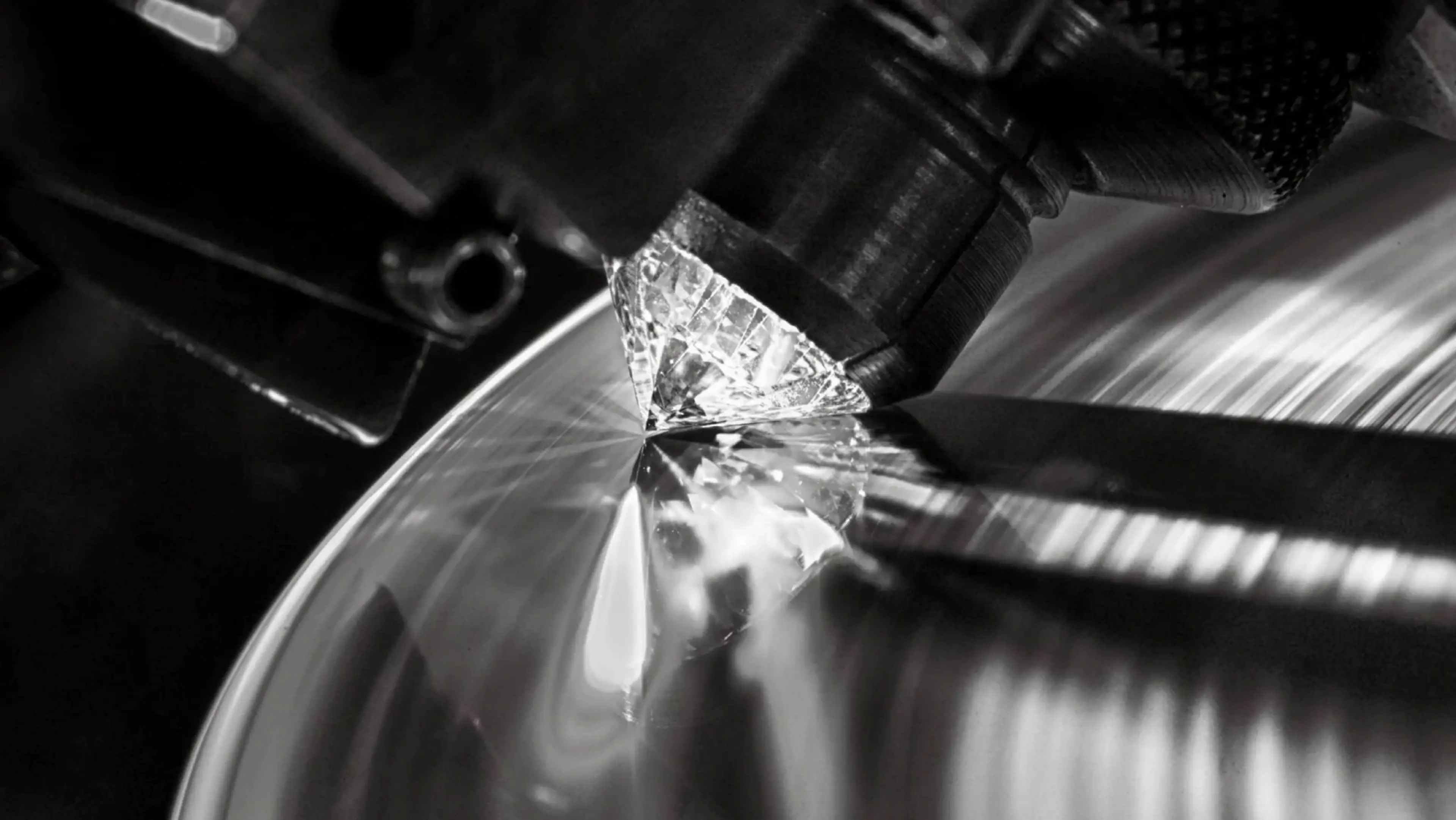
STRATEGIES FOR FINE JEWELLERY & WATCH BRANDS
It’s rare to hear a business have middling ambitions. For most, midtable is a stepping stone to the top – to enduring success, a place in the culture and at the forefront of people’s minds. In a word, to be at the top is to be timeless. And, for us, timeless brands share three distinct qualities: (I) Long-term thinking (II) A strong founding spirit (III) Design as a point of competitive advantage. As adversaries of brands who rest on their laurels, these three tenets are the pillars of a timeless brand – the base to build experience from in tandem with category-specific strategies.
01
Think In Moments. A brand is the sum of every interaction it has with a person, so while big-picture thinking is crucial, getting granular along your CX map is too. The power of micro-interactions is finally receiving well-deserved attention from execs, as pure chances for brand building and experience enrichment. Consider typically-ignored touchpoints and imagine how they can resonate with the right people. Take inspiration from out-of-category: Carhartt’s circular-economy-encouraging label gives owners a chance to make themselves part of a piece’s story. How could a similar moment translate to heirloom pieces?
02
Don’t Advertise, Entertain. Consider examples in this report: Beyoncé & Tiffanys, Baumer for Hennessy, Gucci’s AI-clad Chengdu store. Shopping has become top entertainment, especially among younger generations, and the job of modern brands is to surprise and delight in any way possible – with sensorial pleasure experiences, collabs that introduce novelty, merch-esque collections and more. In a world of overstimulated minds, entertaining your base is the surefire way to snatch back attention.
03
Get Ahead. Be the definition of a first-mover. If that sounds difficult, hire us. It’s about selecting the right kind of innovations for your brand. Whether that’s the incorporation of newer, sustainable materials; leveraging of new technologies or an unexpected mashup of ideas that is uniquely your brand – meaningful innovations are much more effective than endless rejigs for short-term gains.
Trends & Insights
